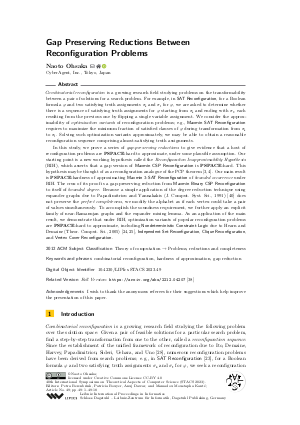LIPIcs.STACS.2023.49.pdf
- Filesize: 1.02 MB
- 18 pages

 Creative Commons Attribution 4.0 International license
Creative Commons Attribution 4.0 International license












































Feedback for Dagstuhl Publishing